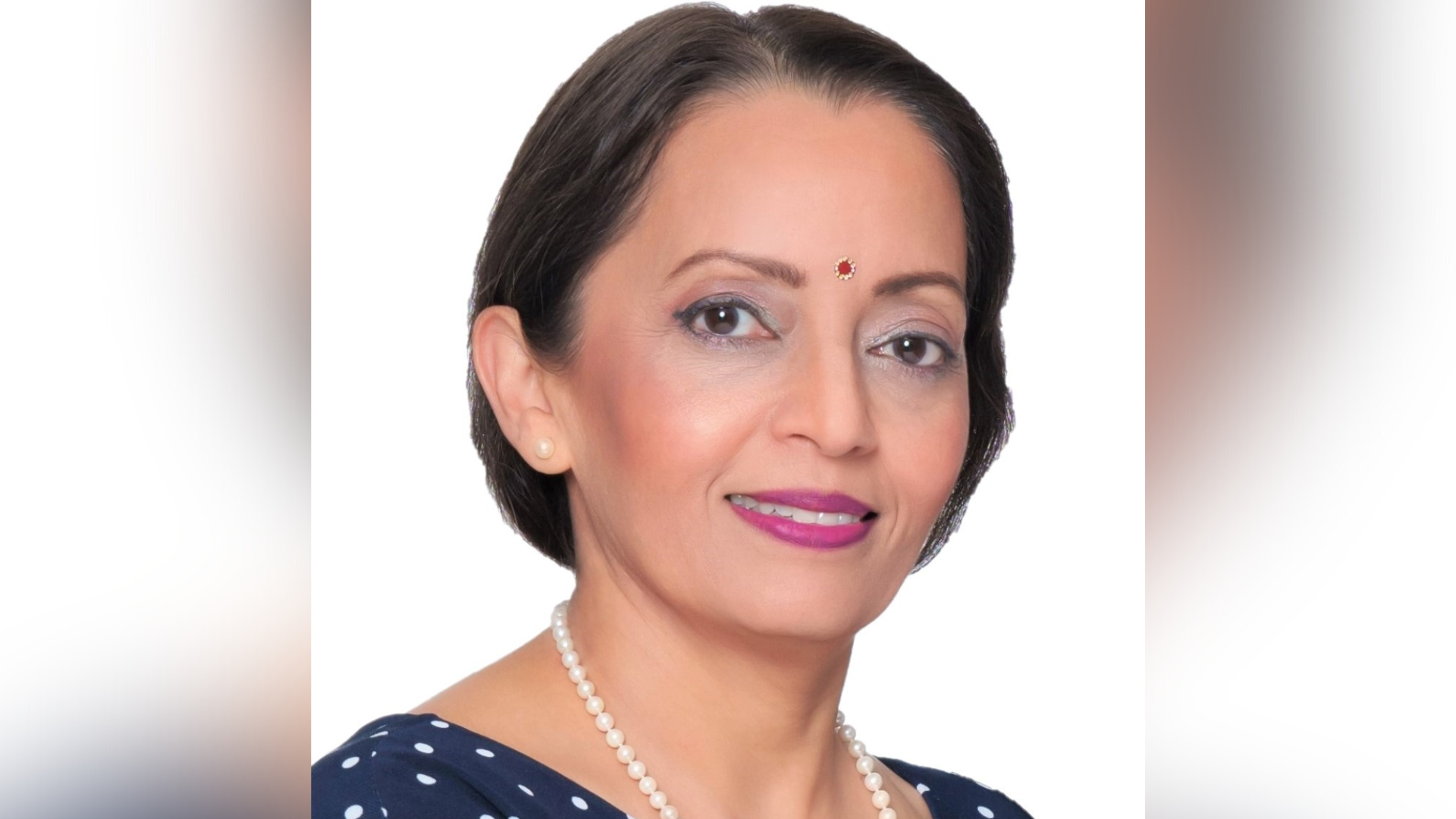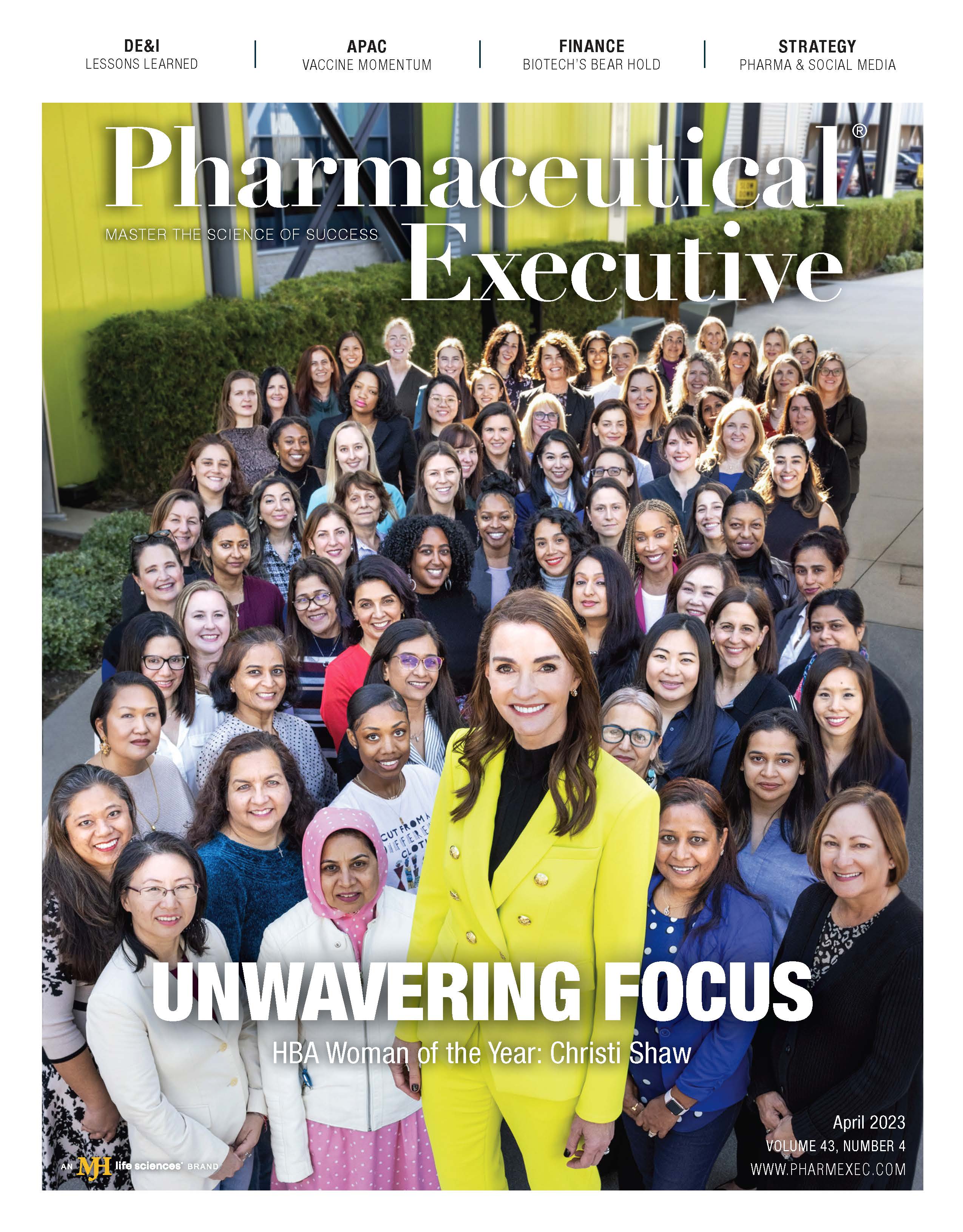An Industry View on KOLs: Adapting to the New Norm in Interaction and Support
After the pandemic forced fundamental changes in the ways pharma and key opinion leaders worked together, both groups are using what they learned for a more seamless connection.
Rita Dalal
Executive medical director of oncology
Alkermes

The pharmaceutical industry’s relationship with key opinion leaders (KOLs) has generated a lot of interest recently. During the pandemic, the industry had to adapt the way it interacted with these opinion leaders. Prior to then, opinion leaders relied on in-office meetings, live events, and conferences to connect with other opinion leaders and industry professionals. When these events shut down, many of these KOLs moved to the online world.
This changed how they interacted with the industry and presented data, leading to the rise of digital opinion leaders (DOLs). Now, as live conventions and events return, KOLs are taking what they learned during the past few years and adapting yet again—this time trying to find the right balance between in-person interactions and digital platforms.
There has been a lot of discussion from the point of view of KOLs about how this current model is working. Pharmaceutical Executive spoke with Rita Dalal, executive medical director of oncology at Alkermes, about how researchers have adapted to the changes in the ways KOLs operate. Dalal has worked in the pharma industry for more than 20 years and has spent much of that time focused on various elements of drug development. She has spent that time working with KOLs at all stages of drug development, and she explains how she interacts with them in today’s world.
“KOLs are trusted and valuable partners who are very well-known in the scientific and medical community; so, partnering with them really is very important for pharmaceutical companies,” Dalal tells Pharm Exec. “Currently, as we are embarking on registrational trials in platinum-resistant ovarian cancer and mucosal melanoma for our investigational oncology drug, some of these KOLs were key in making the decision on which indication to follow. We had data on an earlier trial to share with them, along with our clinical development plan, and got some great insight. Our KOL partners shared their insights on what our data indicates, what they agreed with, and how we could help to fill the gap in treatment journeys for patients.”
As Dalal explains, it is beneficial to involve KOLs very early on in the drug development process. A company may only have an idea or concept for a new molecule when it starts reaching out to opinion leaders. These experts will then be able to pressure test the concept and provide feedback about what patients and healthcare providers are looking for in specific treatment areas, whether the molecule can meet those needs, and if there are any other innovations that the molecule could potentially be used for.
Pharma companies may share preclinical data with these experts, who are then able to provide feedback about what other data will be needed to support bringing the drug to the clinic. As the treatment moves to clinical trials, KOLs may even help enroll patients for these studies.
“When KOLs see the data, they can become the cheerleader for the drug because they see the science and the possibility of the molecule,” says Dalal. “If a molecule shows potential, KOLs may help provide visibility to the molecule by presenting it at conferences, along with their scientific input on the data and their unbiased conclusion of the data that can help bring attention to the novel drug. This can also bring other KOLs in and get other investigators interested in the molecule. As our data from early trials are presented by the KOLs at various scientific platforms, we are getting interest from other KOLs [who] were initially unaware of the data or our oncology program. Now, they’re paying attention and becoming interested.”
Efficiency of Time
A major element that’s changed in today’s world, according to Dalal, is the ability of companies and KOLs to use their time more efficiently. Prior to the pandemic, many professionals spent signifcant time traveling in order to facilitate face-to-face meetings. When that became impossible during the pandemic, the industry began to rely on video calls and conferences to bring people together.
This initially brought about two major problems. First, the technology wasn’t always reliable and the people using it weren’t used to how it worked. Second, many found it harder to build a genuine connection with someone over video calls.
“It’s very interesting to see how well we were all able to adapt,” says Dalal. “In the past, we always felt you had to be face to face to develop a rapport or at least felt that in-person interactions with a KOL are more productive. Now, with the new norm, we’ve found that many KOLs are becoming more comfortable with virtual interactions. The interesting thing is that, initially, when everyone talked about video conferencing, we all had difficulties. The technology wasn’t advanced enough; we all hesitated because we’d open the video portal and sometimes the video conference would crash. So, we’d often skip video calls and just do voice calls. With the significant improvement in these platforms, virtual meetings became more personal with the video aspect.”
Now, people have become much more comfortable with virtual meetings, she adds. During the pandemic, when Dalal first started regularly conducting video calls and conferences, she blocked out the room she was in and made sure that nobody else was around. Now, Dalal feels more relaxed and believes that the industry has adjusted to the new normal. For example, she no longer worries about what people might think if they see someone walk behind her on screen, whether she’s making the call from home or in the office.
As the comfort level has risen, it’s been easier for individuals to start building a rapport with someone they may have only met through video calls. This has allowed researchers and KOLs to be smarter with their time. While they still enjoy face-to-face meetings, they now also recognize that it isn’t always necessary. Instead, they can determine what type of meeting makes sense and potentially save time by not having to travel to visit someone in person.
“I get a good split, now that things are opening, of KOLs [who] want to keep doing virtual meetings and others [who] want to meet face-to-face, at least once in a while,” says Dalal. “It’s actually good to have both options available, as it helps with managing availability and saving time.”
KOLS vs. DOLs
There is still a difference between a KOL and a DOL, adds Dalal. Researchers may utilize both types of experts but in very different ways. In her experience, DOLs tend to play an important role in spreading the word about new molecules and research, and they can be very valuable in helping to reach new scientists and investigators. The main difference, however, is that DOLs tend to act more independently. They tend to be passionate about certain diseases or treatment types and will conduct their own research into what new therapies are being developed. Unlike KOLs, DOLs do not typically interact with researchers on a one-on-one basis or serve on advisory boards.
That doesn’t mean that KOLs don’t have any online presence.
“I’ve been in the industry for about 20 years and have been part of clinical development for almost 10 years now,” says Dalal. “[W]hen Twitter and LinkedIn became very accessible, KOLs began using those platforms frequently and have been doing so for a long time. I don’t think the pandemic made things much different except that we had to rely more on digital platforms instead of face-to-face interactions during pandemic. In fact, in the last couple of years, we have seen a significant increase in social media-based scientific exchange than ever before.”
An expanding web
As more and more people become comfortable working in the digital world, it becomes easier for professionals to build a large web of contacts. This has become much more important in today’s world for medical researchers. New therapies are taking advantage of new technologies, leading to a rise in digital therapeutics. These new advancements often require a variety of KOLs, with some of those experts focused on the medicine and science and others on the technology component.
Fortunately, as KOLs have become more digital-oriented, they’ve been able to expand their web of connections as well. When researchers connect with one KOL, they are often able to rely on that opinion leader to connect them with other, relevant opinion leaders as well.
Dalal describes it as a tightly knit community—and one she relies on throughout the drug development process.
“As we continue to move forward from early, preclinical phases to clinical trials, we switch around and bring in KOLs [who] have the strengths in the particular aspects of drug development and continue to interact with them,” she says. “When you move to clinical development, you never stop thinking about preclinical. There are always new options, collaborations, or combinations that you’ll want to test preclinically.”
KOLs still play an important role for the pharma industry, and the pandemic did not change that. What it did change was the way that researchers and developers interact with them. It’s become easier for pharma companies to interact with these experts and opinion leaders, which, in turn, allows them to be involved in the drug development process much more frequently. KOLs can obtain data on new molecules and therapies at a faster rate, allowing them to start sharing the info with their peers and the industry at large without having to wait for face-to-face meetings or live events.

Regeneron, Roche Launch Major US Expansion Plans to Meet Growing Demand for Biologics and Innovation
April 22nd 2025With combined investments exceeding $53 billion, both companies are deepening their US presence through expanded biologics production, gene therapy capabilities, and next generation R&D centers.
Cell and Gene Therapy Check-in 2024
January 18th 2024Fran Gregory, VP of Emerging Therapies, Cardinal Health discusses her career, how both CAR-T therapies and personalization have been gaining momentum and what kind of progress we expect to see from them, some of the biggest hurdles facing their section of the industry, the importance of patient advocacy and so much more.